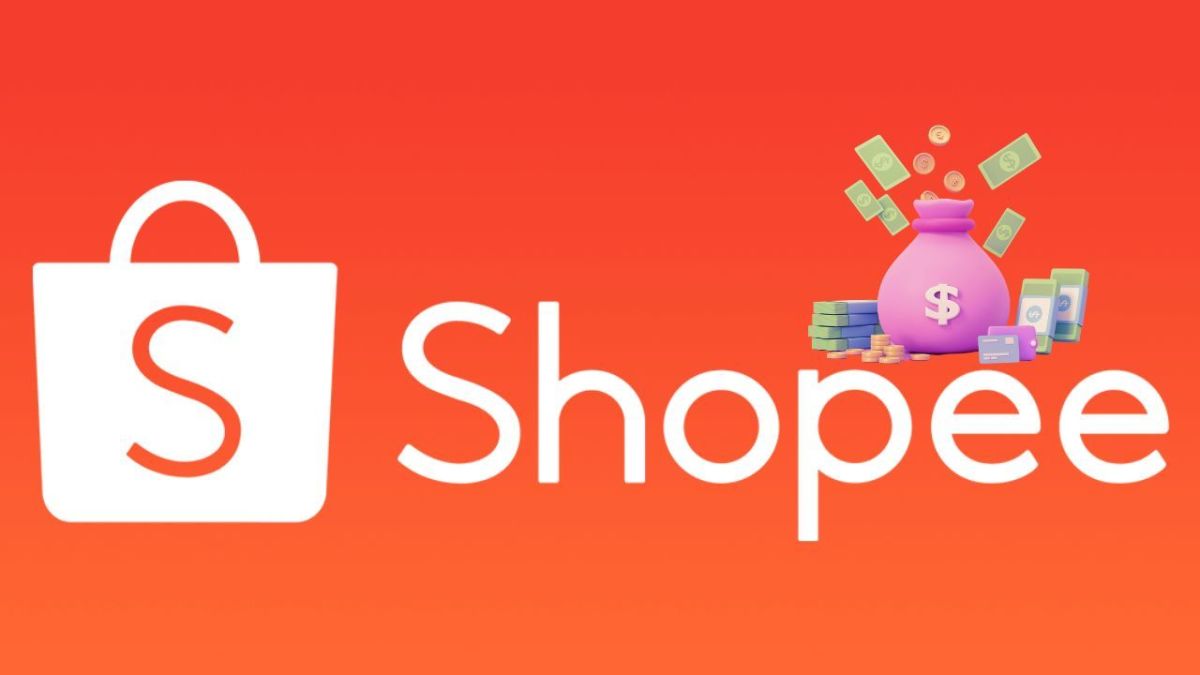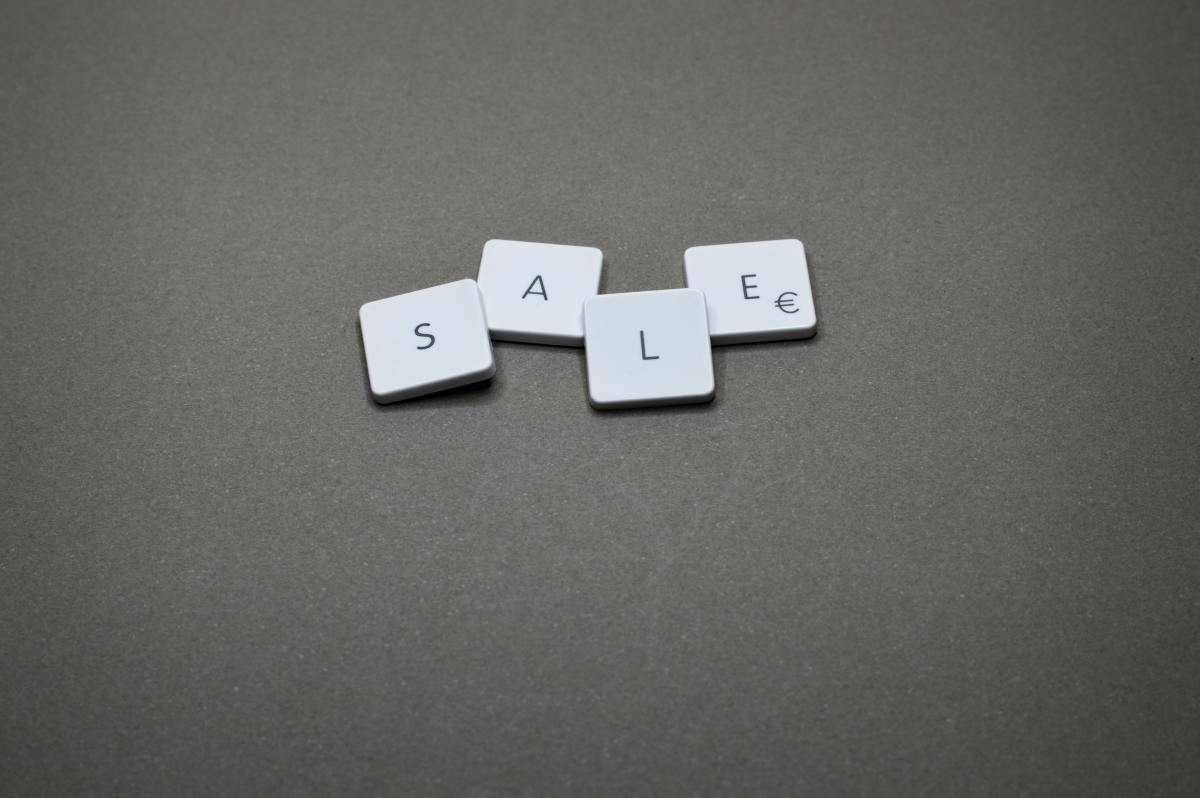Point of Purchase Promotion Definition

What is Point of Purchase?
Quite literally, point of purchase is where an actual sales transaction is made. The "where" can be several different places depending on what is being sold and how the transaction is being completed. Point of purchase examples would include:
- Checkout counter at a grocery store.
- The salesperson's desk at a car dealer.
- The checkout page on an ecommerce website.
What is a Point of Purchase Promotion?
At these points in the sales process, customers are already in the buying mood or mode. So it makes it an ideal point to promote additional add-on and upsell sales that can spell additional revenues and profits for sellers. Therefore, a point of purchase promotion is one that solicits an impulse or additional sale where a transaction is actually be completed. In the above examples, types of point of purchase promotions and sales would include:
- Candy and gum displays by the grocery store cash register.
- A car salesperson asking the customer if they want to extend the vehicle's warranty or add optional accessories prior to finalizing the paperwork.
- A webpage suggesting additional products or services that can be added to the virtual shopping cart prior to clicking the Pay Now button.
POP Displays
Point of purchase promotions are often referred to as "POP," acronym for "point of purchase." POP displays promoting add-on or upsell sales may simply include signage for these additional items, services, warranties, etc. The display may include an inventory of products that can be purchased along with the primary sale.
POP displays of products for add-on sales are very common in retail. Because they must fit on or near a checkout counter, retail POP displays are generally small and feature physically small products. Lip balm, gum, batteries, snacks and candy are common items featured in these displays.
The Virtual POP Display
You click the "Buy Now" button on an ecommerce site and think you'll be directed to enter your credit card or PayPal info. But wait, here's another page before you get there that says something like the following:
- Did you want to add _______ to your cart before you check out?
- Others who purchased ____ added (such-and-such item) to their order. Would you like to add one now?
- You could double your order for only $_____ if you click "Yes" within the next 5 minutes.
- Receive your order in 2 days with Express Shipping! Would you like to upgrade your shipping for an additional $_____?
You've just run into a virtual POP display. It's really no different than one encountered in a brick-and-mortar retail store. And because there are no physical limitations as with real counter space, the types and number of items that can be promoted is almost unlimited. The real limitation is selecting add-on items that have the greatest chance of being accepted by buyers who may have little patience when buying online.
Keys to Effective Point of Purchase Promotions
Unlike standard marketing tactics, point of purchase promotions must do the following:
- Provide a Compelling Reason to Buy Within Seconds and Limited Space. Usually this means that only one or a very few easily conveyed and understood benefits can be promoted. This is why there are graphic design and packaging professionals who specialize in POP because they understand the limitations and requirements. Elements such as color, logos and text need to be placed in a way that grabs attention. Using the same principles that apply to billboards can be effective.
- Not Derail the Primary Purchase. If the add-on purchase takes too much thought or too many actions, it could delay or derail the primary purchase process. Keep it simple and relevant.
- Be Easy to Purchase. Providing a simple way for customers to add an item or service to their orders helps keep the sale from getting overwhelming or distracted. In physical retail, the item should be an easy grab-and-go package that can be added to the rest of the items on the counter. On a virtual "counter," providing a click-to-add button makes it easy to add to the final purchase.
This article is accurate and true to the best of the author’s knowledge. Content is for informational or entertainment purposes only and does not substitute for personal counsel or professional advice in business, financial, legal, or technical matters.
© 2014 Heidi Thorne





